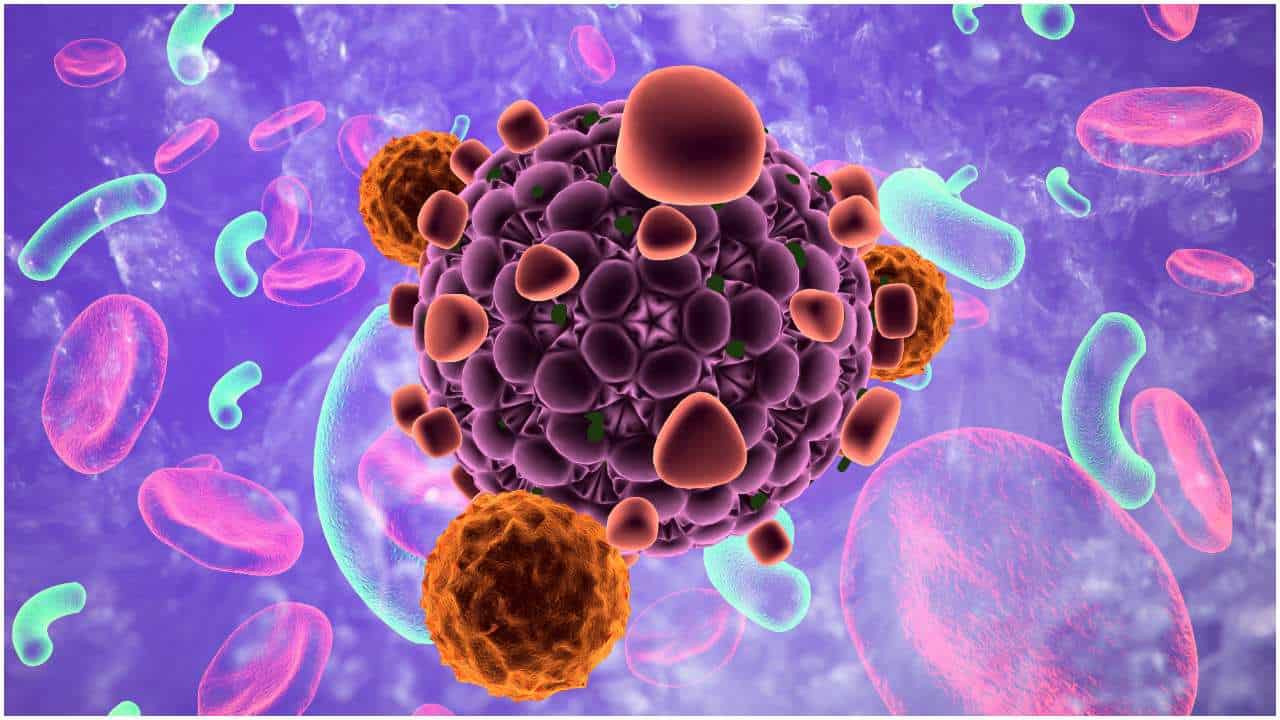Chickpeas (Garbanzo Beans) – Nutrition Facts, Health Benefits, Side Effects + Hummus Recipe:
A very versatile legume, chickpeas are a noted ingredient in many Indian and Middle Eastern dishes, such as falafels, hummus, and curries.
They are also known as garbanzo beans and are such a versatile thing in the kitchen: you can eat them dried or canned, cold or hot, and they can act as the star of the meal or support.
The first record of these beans being consumed dates back about 7,000 years. In the present day, India is the largest producer of garbanzos, supplying around 80 to 90% of the world’s production.
Nutrition facts
They are a good source of minerals (such as – copper, zinc, iron, phosphorus, potassium, manganese, and selenium), vitamins (like – vitamin A, B1, B2, B3, B5, folate, C, E, K), dietary fiber, healthy fats, choline, and protein.
Health benefits of chickpeas
Heart health
Regular intake of garbanzos can lower LDL and total cholesterol. As little as 3/4 cup of these beans per day can help lower your total cholesterol, bad cholesterol, and triglycerides in 30-day period of time.
Furthermore, they contain significant amounts of magnesium. Also, they are high in folate, a B-vitamin that combats homocysteine, an amino acid that has been connected with inflammation and increased heart attack risk.
Great source of iron
These beans can boost your energy because of their high iron content. Iron is an essential mineral responsible for transmitting nerve impulses and carrying oxygen in your red blood cells.
Not having enough iron in the body is known as anemia. Iron deficiency anemia is the world’s most frequent nutritional deficiency disease and is most prevalent among children and women of childbearing age.
Cancer prevention
Cancer is a group of more than 100 different diseases. Recent studies have shown that garbanzos have protective benefits against cancer, especially colon cancer, due to their high fiber content.
High dietary fiber content
Chickpeas, like most legumes, have long been valued for their fiber content. They contain about 12.5 grams of fiber per cup. That’s 50 percent of the daily value.
Moreover, garbanzos and fiber have taken us one step further by suggesting that the fiber benefits of these beans may go beyond the fiber benefits of other foods.
For instance, the fiber in garbanzo beans helps to balance pH levels and bacteria within the gut, increasing healthy bacteria while also decreasing unhealthy bacteria.
Hair growth
These beans contain zinc and vitamin B6. Both these nutrients play an essential role in building up the protein in hair, therefore promoting hair growth and strengthening your hair follicles.
Boosts immune system
These nutritious beans have some special nutrients on board, such as quercetin (a flavonol found in many vegetables, fruits, leaves, and grains), which supports healthy circulation and immunity, and chlorogenic acid, which is a powerful antioxidant that has made coffee famous.
Antioxidant properties
They are an important source of selenium, a mineral that detoxifies cancer-causing compounds from the body and supports liver enzyme function.
Bone health
The phosphate, iron, calcium, manganese, magnesium, zinc, and vitamin K content present in these beans all contribute to maintaining and building bone structure and strength.
Improves sleep quality
As one of the richest sources of amino acids, serotonin and tryptophan, garbanzo plays a crucial role in regulating sleep and mood.
Tryptophan has also been found to stimulate the release of growth hormones and even reduce food cravings. Consuming tryptophan at night makes one feel peaceful and calm.
High in protein
One cup serving of chickpeas contains more protein than that of two large eggs.
Because these beans are a completely plant-based source of vital protein, they are an excellent choice for plant-based eaters who need to be sure to consume enough of this macronutrient.
Low-glycemic index
Garbanzo bean nutrition includes starch, which is a slow-burning carbohydrate that the body does not react to by suddenly spiking glucose in the blood. Actually, the glucose response of the beans is only 45% that of pasta and cereal. More importantly, the process of digesting and utilizing the glucose found in the beans is drawn out, which is vital for diabetics who have problems reaching a stable blood sugar level after consuming sugars due to a resistance to insulin.
Garbanzo bean’s side effects
None, if you cook them correctly.
Hummus recipe
Ingredients
- 2 cups drained well-cooked chickpeas;
- 1/4 cup extra-virgin olive oil;
- 1/2 cup tahini;
- salt and black pepper;
- juice of 1 lemon;
- 2 cloves garlic;
- 1 tablespoon cumin;
- parsley leaves.
Method
Put everything except the parsley in a food processor and begin to process. Add the garbanzo beans liquid or water as needed to allow the machine to produce a smooth puree. Serve, drizzled with the olive oil and sprinkled with a bit more cumin and some parsley.
Tips
To shorten their cooking time and make these beans easier to digest, they should be soaked. According to the studies, we recommend a soaking period of at least four hours.
During this soaking period, some of the phytase enzymes in the garbanzos may become activated and help to transform some of the phytic acid (a natural plant antioxidant) found in the beans, and there can be a reduction in the beans’ raffinose-type oligosaccharides.
READ THIS NEXT:
Pickled Mustard Seeds (Black, Brown, Yellow) – Side Effects
Yarrow (Achillea Millefolium) – Side Effects
Hyacinth Beans (Lablab Purpureus) – Side Effects
Reference https://www.ncbi.nlm.nih.gov/pubmed/11396693 https://www.ncbi.nlm.nih.gov/pubmed/15517915 http://www.ncbi.nlm.nih.gov/pmc/articles/PMC4523476 https://www.ncbi.nlm.nih.gov/pubmed/17651062



I don’t put that much oil or tahini in my humus. I add fresh basil leaves. I was using sesame seeds instead of tahini.